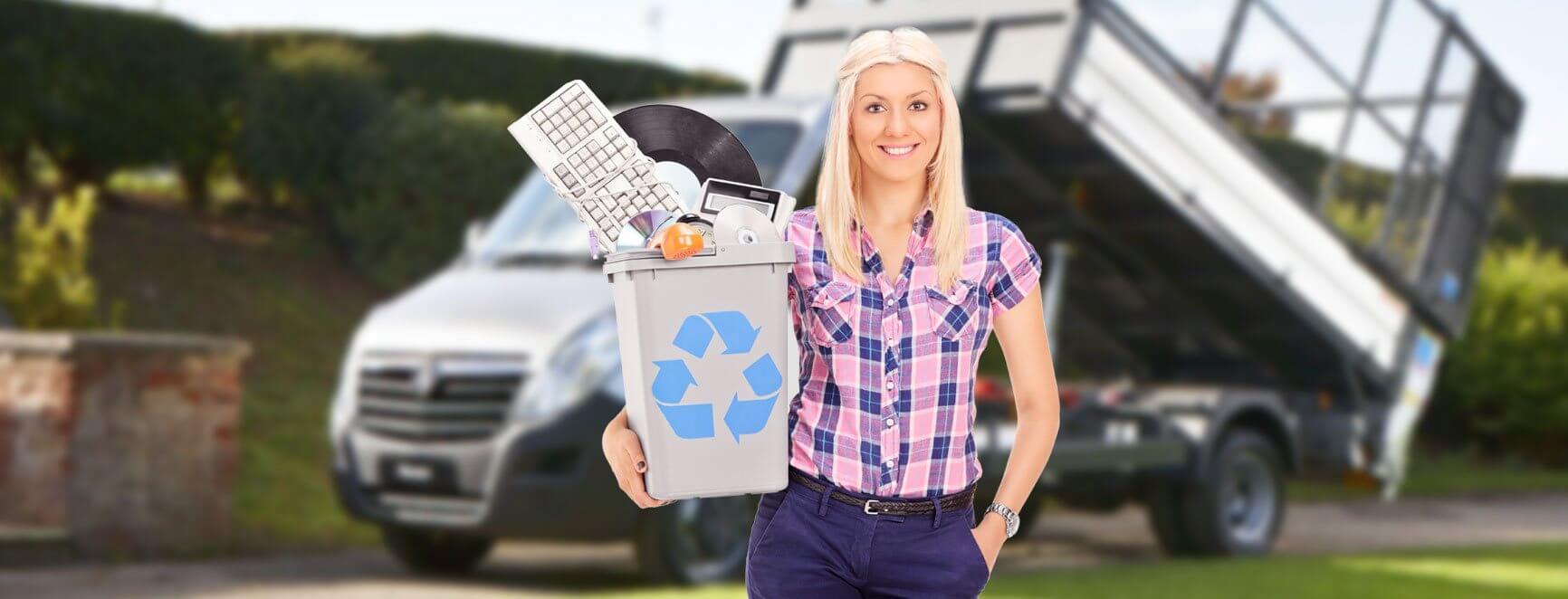Environmentally-Conscious Pot Disposal
Posted on 20/06/2024
Pottery has been a beloved art form for centuries. From functional vessels to intricate sculptures, it is a craft that requires skill, creativity and patience. However, as with any other type of waste, disposing of broken or unwanted pottery can have a negative impact on the environment. In recent years, there has been a growing awareness and concern for environmentally-conscious pot disposal. In this article, we will explore the various methods and practices for disposing of pottery in an eco-friendly manner.
Why is environmentally-conscious pot disposal important?
Before delving into the different ways to dispose of pottery, it is important to understand why this issue is gaining momentum. The process of manufacturing pottery involves extracting clay from the earth and firing it at high temperatures in kilns. This not only consumes significant amounts of energy but also contributes to air pollution and greenhouse gas emissions. Additionally, traditional methods of disposing of pottery such as landfilling or incineration can lead to further environmental harm.

The pros and cons of different disposal methods
1. Recycling: Recycling broken or unwanted pottery can potentially reduce the need for new materials to be extracted from the earth. The materials used in pottery such as clay and sand are non-renewable resources, so recycling can help conserve them. Additionally, using recycled materials can also save energy and reduce greenhouse gas emissions in the production process.
However, not all types of pottery can be easily recycled. Glazed or painted pottery may contain chemicals that make them unsuitable for recycling. It is important to check with your local recycling center before attempting to recycle any pottery.
2. Composting: Another environmentally-friendly way of disposing of pottery is by incorporating it into compost piles or bins. Broken pieces of ceramic can add texture and porosity to the compost, creating a better environment for microorganisms to break down organic matter.
However, like with recycling, not all pottery can be used for composting. Non-biodegradable materials such as metal or plastic attachments should be removed before adding the pottery to a compost pile.
3. Reusing and repurposing: One of the oldest and most creative ways to dispose of pottery is by reusing or repurposing it. Broken pieces can be turned into mosaics, garden decorations, or even jewelry. This not only reduces waste but also adds a unique touch to your home and garden.
On the downside, repurposing pottery may require some artistic skills and additional materials, which may not always be feasible for everyone.
Some tips for environmentally-conscious pot disposal
- Avoid purchasing mass-produced, disposable pottery that will likely end up in landfills.
- Consider buying from local artists who use sustainable materials and practices in their creations.
- If you must dispose of broken or unwanted pottery, try to find creative ways to reuse or recycle it first.
- Be mindful of the type of glaze or paint used on your pottery and check if it contains any harmful chemicals before recycling or composting.

The takeaways
Environmentally-conscious pot disposal is crucial for reducing our impact on the environment. By choosing more sustainable practices, we can help conserve resources and reduce pollution in the manufacturing process. Recycling, composting, and reusing are all viable options for disposing of pottery in an eco-friendly manner. However, it is important to keep in mind the potential limitations of each method and make informed decisions based on the type of pottery we are dealing with.
In conclusion
Pottery is a beautiful art form that has been passed down through generations. As we continue to appreciate its beauty and significance, it is important to also consider the impact it has on our planet. By adopting environmentally-conscious pot disposal methods, we can help protect our environment while still enjoying this timeless craft. Let us all play our part in creating a more sustainable future for generations to come.





